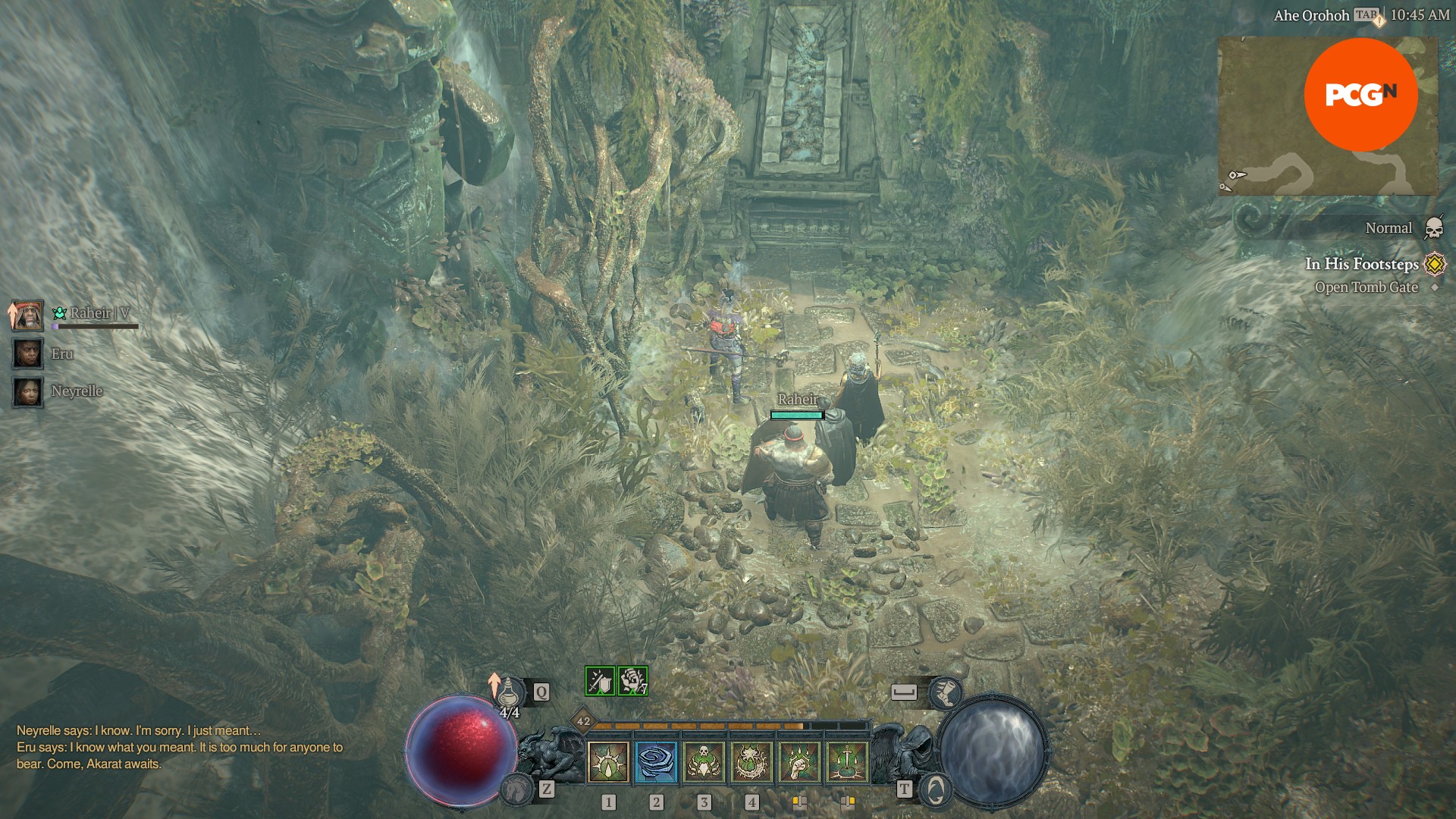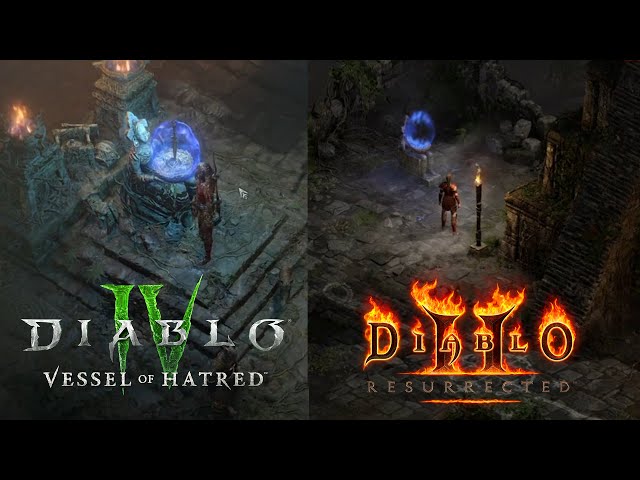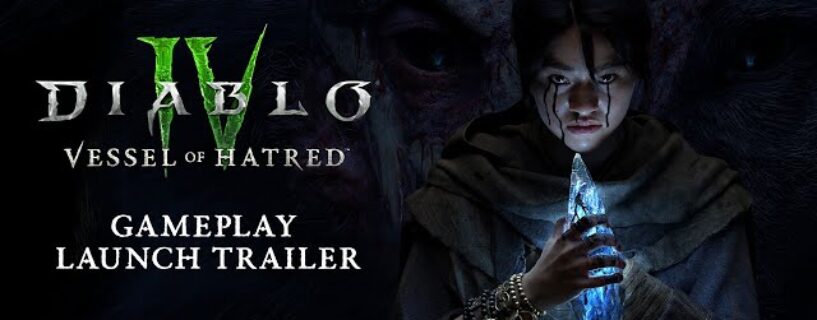From the shimmering sands of Diablo 3’s Caldeum to the bloodstained, defiled churches of Diablo 2’s Rogue Encampment, Sanctuary is easily one of the most macabre, fully-realized worlds I’ve ever encountered in my [redacted] years playing videogames. My black, rotting heart has always found a home on Kurast, the jungle that frames Diablo 2’s third act, and the earthly home of my favorite Prime Evil, Mephisto. As someone who’s always loved the shaman-style aesthetic, Kurast was always equal parts beautiful and twisted, but seeing it reimagined in Diablo 4: Vessel of Hatred truly took my breath away. Perfectly weaving native iconography with emerald green yet oddly eerie foliage, Diablo 4’s Kurast – and Nahantu as a whole – is my favorite Diablo zone ever made.
In my Diablo 4: Vessel of Hatred review, I praise Nahantu’s balance of intense jungle and overgrown ancient runes, noting that it “genuinely made my heart flutter.” My brief foray into the Spirit Realm left me speechless, and solving the Indiana Jones-like puzzle to breach the sacred sanctum at Nahantu’s core had me consistently going ‘wow, just wow.’ While Kyovashad perfectly embodies a society consumed by religious fervor and Hawezar replaces the traditional desert with swamp-water and salt flats, there’s a humanity about Nahantu that doesn’t exist anywhere else in Sanctuary.
That’s what I loved about it in Diablo 2, so my expectations were high with Diablo 4 – a sentiment OG players no-doubt echo. I ask associate narrative designer Eleni Rivera-Colon and environment art director Chris Ryder about the pressures of redesigning such an iconic zone, and about the process of modernizing it to fit the RPG’s new story.
“There’s a homage to the past, but how we craft the game in the modern era is very different to how Diablo 2 was made,” Ryder tells me. “We have new technology, new techniques, and player expectations have changed as well. We’re definitely riffing off [Diablo 2’s] locations, but also considering how players play the game. We need to make sure that how we lay out the city is conducive to what we’ve learned from feedback. There are a lot more considerations now than [in the] past.
“Our access to information and our technical ability also allows us to realize the game in a new way; I would say in a richer way. We want to connect to the past – Sanctuary is a real place and we want to honor that – but we also want to evolve it into something that’s richer, deeper, and offers more to the players.”

I mention a side-by-side comparison video from Diablo-focused Twitch streamer Anna ‘AnnacakeLive,’ made famous for beating Uber Lilith on one of the weirdest Diablo 4 builds out there. In her video, she explores the Kurast Docks in Diablo 2 and Diablo 4, and while there are some similarities, Diablo 4’s Kurast feels a lot bigger and, to borrow Ryder’s phrasing, “richer.” I ask how the team chooses what to take directly from older games, and what it chooses to leave.
“You’re like ‘okay, we’re going to take you on this path, we’re going to go past this place, this is going to happen, and people are going to go ‘Oh remember this,’’” Ryder states. “It changes and is modified based on the path the story is taking us on, because in this expansion [Nahantu] is not the way you’ve experienced it in the past.”
“When we’re talking about this new version of Nahantu, there are some things narratively that just make sense and we really want to keep those in there.” Rivera-Colon continues. “Then there’s exploring the new parts, and that’s fun because we get to visualize and think about how we tell stories. It’s less about getting rid of the old lore and it’s more about honoring the lore we have, the stories we know, and the areas we’re familiar with, while introducing new lore and new experiences in different areas.”
The one thing we come back to is the Gidbinn, the eerie knife that floats in a blue forcefield and protects Kurast from Mephisto’s hatred. It’s a relatively minor part of Diablo 2, but it’s still hovering ominously in Diablo 4, creating, for me, a really lovely throughline. “It was a very specific quest item,” Rivera-Colon recalls, and we reminisce over it for a few moments, happily recounting our various adventures.

I could wax lyrical about how much I love what the team’s achieved with Nahantu. It feels like the perfect throwback to Diablo 2, but it has its own unique spin that makes it special. From our Wanderer’s ill-fated adventure into the wispy Spirit Realm, to the dark, grimy ruins scattered through the jungle, I can’t wait to dive back in.
If you’re planning to take the fight to Mephisto, check our list of all the Diablo 4 classes to ensure you’re picking the right warrior for the job. Alternatively, if you’re looking for something completely new, here’s our guide to all the best Diablo 4 Spiritborn builds – Centipede is the way to go, trust me.

